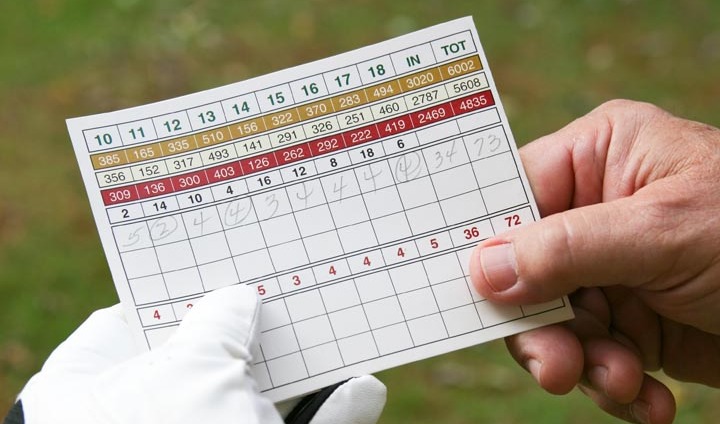20:20 Vision for 2020
Posted on 3rd November 2019 at 14:47
This is the time of the year when all serious sports people have already set goals for the new season, and I wonder if you’ve set yours yet?. Well if not then if you use the SMART goal setting system properly and then take the appropriate action then I can guarantee that you’ll have a greater chance of succeeding than if you don’t!
When you write a SMART goal, it should only be about 12 – 15 words long and if you give it to a ten-year old, he or she should be able to clearly understand it. The analogy of SMART most people know, but for those that don’t and as a reminder for those that do:
S - Specific, Simple
M - Measurable, Meaningful to You
A - Achievable, Act As If You’ve Achieved It
R - Realistic
T - Timed, Towards
Now this is where 99% of all people fail to use SMART properly as they just either make a mental record or just write their goal, instead of using the NLP (Neuro-Linguistic Programming) ‘Well-Formed Outcome Questions’. If you write your answers to the following questions and then write your goal for the coming 2020 season, then you’ll have a greater chance of achieving your goal/s.
1. What specifically do I want?
2. Where am I now in relation to the outcome?
3. What will I see, hear, feel and notice, when I’ve achieved this?
4. How will I know when I’ve achieved this?
5. What will this outcome get for me or allow me to do?
6. Is it only for me?
7. Where, when, how and with whom do I want to achieve my outcome?
8a. What do I have now, and what do I need to get to my outcome?
8b. Have I ever had or done this before?
8c. Do I know anyone who has?
8d. Can I act as if I’ve already achieved this?
9a. For what purpose do I want this?
9b. What will I gain of loose if I achieve this?
9c. What will happen when I get it?
9d. What won’t happen when I get it?
9e. What will happen if I don’t get it?
9f. What won’t happen if I don’t get it?
Once you’ve written all the answers to the questions then you'll be in a position to write your SMART Goal. Now write your goal and then share it with your golfing buddies, okay? And my goal for 2020 is “To reach, hold and play to a handicap of 10 by the 31st October 2020”.
Importantly the action I must take to achieve my goal is:
1. Get match fit and stay fit throughout the season (physical and mental toughness)
2. Book a series of lessons with my PGA Golf Professional
3. Practice twice a week for one-hour, every week
4. Play at least twice every week
5. Play in as many competitions as possible
6. Have lots of fun and enjoyment playing the greatest sport (in my opinion!)
If I consistently do those six things, then my current playing handicap of 12.7 will be just a memory!
Hopefully you’re beginning to find the My Golf Mind blog articles of interest and have started getting you thinking about the importance of the ‘mind game’? Please forward to your golfing buddies and if you have any questions or want further advice, then either ring My Golf Mind on 07973 614969 or complete the form below.
As always - ‘Keep It On The Fairway’



